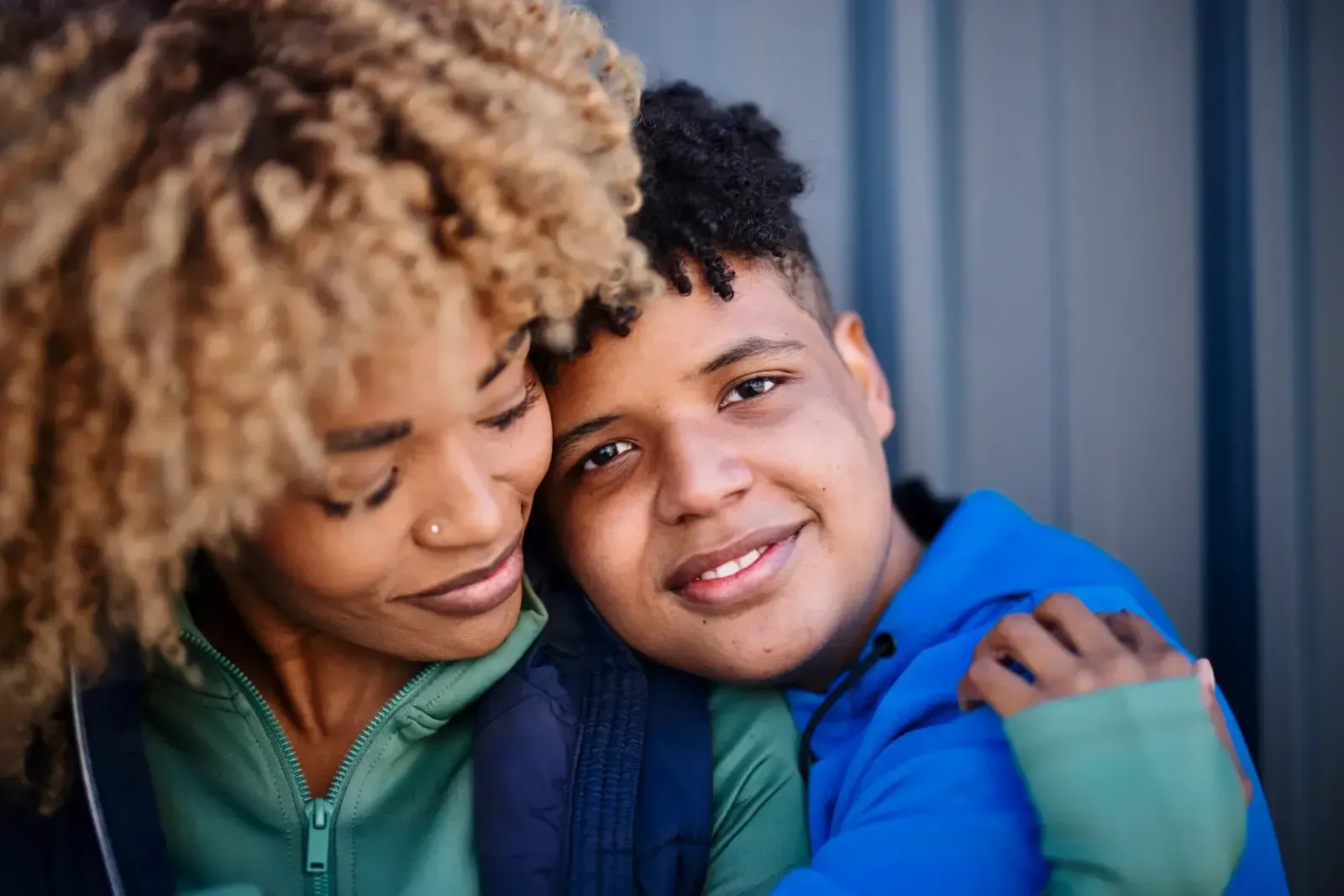Explore Our Blog
Anger & Domestic Violence – Part 11: What Healthy Anger Looks Like—and What It Doesn’t
Advance Minds Blog
A safe space to explore subjects within the community such as mental health, substance abuse and personal identity.
Our safe space also provides the opportunity for real individuals to express their hardships and success through writing.
Anger is not the enemy.
Like all emotions, it serves a purpose.
It tells us when something feels unfair, painful, or threatening.

When anger becomes explosive, manipulative, or used to control others, it crosses a line—and becomes destructive.
✅ What Healthy Anger Looks Like
Healthy anger isn’t about yelling, blaming, or punishing.
It’s about expressing emotion in a way that respects both yourself and others.
Healthy anger looks like:
- 🚦 Taking a pause before reacting
- 🧠 Naming your emotion: “I’m feeling hurt,” “I’m frustrated”
- 🗣 Speaking clearly without attacking: “I need to talk about what just happened”
- 🎯 Focusing on the issue, not the person
- 🛠 Using it as motivation for positive change (“This matters to me, so I want to work on it”)
In a healthy relationship, anger is a signal—not a weapon.
🚫 What Unhealthy Anger Looks Like
Unhealthy anger isn’t just loud. Sometimes it’s silent and cold.
Other times it’s unpredictable and scary.
Unhealthy anger often includes:
- ❌ Shouting, threatening, or breaking things
- ❌ Giving the silent treatment or withdrawing love
- ❌ Blaming others for your feelings
- ❌ Using fear, guilt, or shame to control someone
- ❌ Repeating the same outbursts without ever trying to change
This type of anger damages trust and creates emotional insecurity.
🤯 The “Explosion” or “Implosion” Trap
Some people explode outward—yelling, slamming doors, or saying cruel things.
Others implode—bottling it up until it spills out in unexpected ways.
Both patterns are harmful.
And both can be replaced with healthier ways of expressing emotions.
🛑 Anger Isn’t the Same as Abuse
It’s okay to feel angry. It’s not okay to use that anger to hurt, control, or belittle someone.
Abuse is never justified—even if you “lost your temper” or were “pushed too far.”
Learning to manage anger is part of taking full responsibility for your actions.
🔄 Practice Makes Progress
If healthy anger doesn’t come naturally, that’s okay. You can learn:
- 🧘 Breathing or grounding techniques when you feel the heat rising
- 📝 Journaling to process your feelings before reacting
- 🗣 Using “I” statements instead of “you” accusations
- 🙋 Getting support from a counsellor or anger management program
It’s never too late to change how you handle anger.
🌿 Final Thoughts 💞🌈
Anger isn’t bad—it’s what we do with it that matters.
Healthy anger creates understanding. Unhealthy anger destroys connection.
When we learn to express anger without hurting others, we build stronger relationships, deeper trust, and a more peaceful version of ourselves.

















